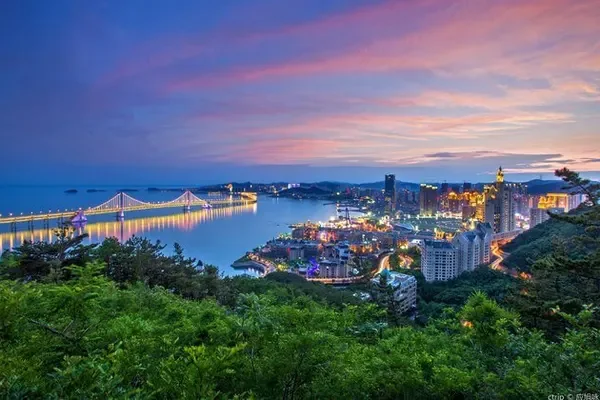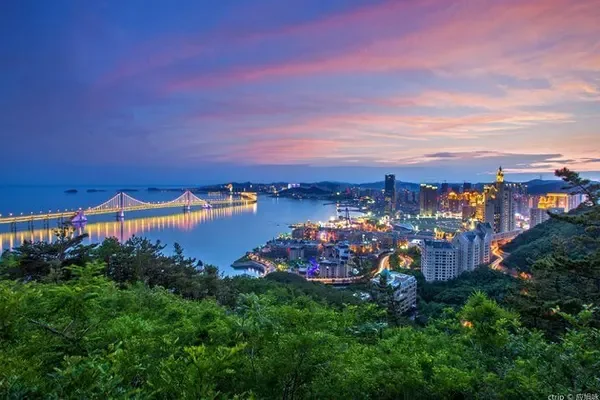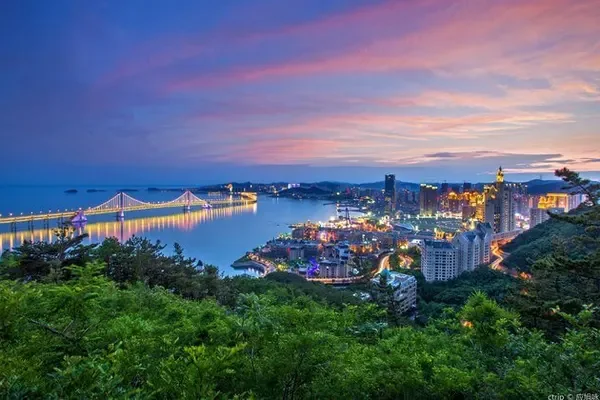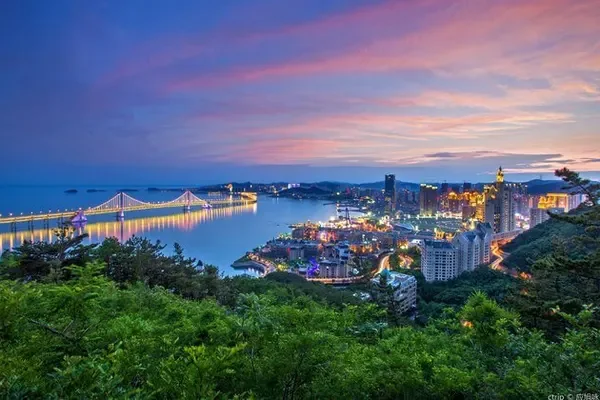Precautions, important things to read 3 times (please read carefully when traveling):
Important note 1: This itinerary requires a border pass before you can go there. Non-Xinjiang residents can apply in advance at the place of residence or go to Kashgar on the day of departure; Xinjiang residents need to apply in advance at the place of residence or go to Kashgar to designate The police station handles it by itself;
Group members who have already applied for the (Tashkurgan) border pass by themselves, please keep it safe and carry it with you along with the original ID card within the validity period. If you lose or do not bring the pass, you cannot reissue it in Kashgar, which will eventually lead to the failure of the itinerary. bear!
Important note 2: The Pamirs are plateau areas with an average altitude of more than 3000 meters. The conditions along the way are relatively difficult. At the same time, there will be corresponding altitude sickness. Mild high reaction is manifested as headache, and severe high reaction will cause diarrhea or vomiting. Please know the group members , suffering from heart disease, asthma, cerebral hemorrhage, high blood pressure, emphysema, etc. Cardiovascular diseases are not suitable for traveling in plateau hypoxic climate conditions, and it is not recommended to go there! Hongshan Post Office has oxygen supply, you can choose whether to buy an oxygen bag for emergencies, this is not designated by the travel agency, as a friendly reminder, please choose by yourself!
Important Note 3: Temporarily unable to receive Hong Kong, Macao, Taiwan and foreign guests, please understand!
Important reminder 4: When the peak season is coming, group members can make a reservation 10-15 days in advance (without loss and change), and priority can be given to arranging vehicles. If a car is temporarily dispatched during the peak season, it will affect the experience!
Important reminder 5: Xinjiang has a vast land and abundant resources, and the distance between each scenic spot is long, and the daily driving time is long. Please be mentally prepared for the group members!
Important Note 6: This group is a joint group of individual passengers. The order of pick-up and drop-off is based on the order in which the group members live in Kashgar. If there are special instructions, please note when placing the order or inform the driver in advance when the driver makes an appointment to pick up the group!
Important Note 7: This group does not provide professional tour guides and does not provide scenic spot interpreter services. It is served by a driver and guide; (If you need an interpreter in the Stone City Scenic Area, you can ask for an interpreter at your own expense)
Important Reminder 8: The Pamir Plateau is a tourist season from May 1st to October 7th every year. It is necessary to travel: from May to August in summer, a long-sleeved thick coat is required, and a thin down jacket is required from September to October. , the weather in plateau mountainous areas is changeable, in case of emergencies;
If you don't go to Kashgar, you don't go to Xinjiang, and if you don't go to Pamir, you don't go to Kashgar.
Main check-in attractions:
1. Karakoram Highway: The Karakoram Highway, also known as the China-Pakistan Friendship Highway, is a China-Pakistan highway with a total length of 1,032 kilometers. There are 416 kilometers in China and 616 kilometers in Pakistan; the lowest altitude of the entire road in China is 1,154 meters. The highest altitude is 4733 meters, and it is rated as one of the "Top Ten Dangerous Roads in the World".
2. Karakul Lake: It is located next to National Highway 314. Whether it is going up the Pamirs from Kashgar or down the plateau from Taxkorgan, it passes here at noon. The lake covers an area of 10 square kilometers. It is a plateau lake with an altitude of 3,600 meters. It is named Karakule because of its deep and gloomy water. There are no living things in the lake, especially the changes in the lake water are confusing. Usually, the lake water is as clean as a mirror. When the sky is dark, the sky is full of lightning and thunder, the lake water will magically turn black and become a veritable black water lake. When the sun rises in the morning, the lake water is sometimes blue, sometimes light yellow, and sometimes orange, constantly changing, giving people the feeling of being in a fairyland. Legend has it that There are water monsters, but it is still an unsolved mystery, which is very attractive to scientific research and exploration!
3. Muztag Peak: Muztag Peak is located at 75.1 degrees east longitude and 38.3 degrees north latitude, at the junction of Akto County and Taxkorgan Tajik Autonomous County, Xinjiang Uygur Autonomous Region, China. It is one of the three peaks in the East Pamirs . It is 7509 meters above sea level (7546 meters above sea level is often said in mountaineering circles). Because of its majestic momentum and eternal ice and snow, the local people call it "the father of icebergs". Mount Muztaq is more than 1,800 meters higher than Mount Elbrus in Europe. It has attracted many foreign mountaineers for decades. To the north of Muztag Peak, there are Gongger Peak (7649 meters above sea level) and Gongger Jiubie Peak (7530 meters above sea level). Gongger Peak is the highest peak in the Kunlun Mountains. Erjiubie Peak is the second highest peak in the Kunlun Mountains. The tops of the two peaks are covered with snow all the year round. There are glaciers hanging between the mountains, like silver waterfalls flying straight down, and Sulian flowing with the wind.
4. Pamir Scenic Area: Pamir Scenic Area is a national AAAAA scenic spot with a planned total area of 3.1 square kilometers. It has rich and unique tourism resources. There are world-famous stone city ruins, unique Tajik folk customs, and fascinating national wetlands. The Aral Golden Grass Beach in the park, the Silk Road culture with a long history, and the precious and strange plateau organisms are eye-opening.
5. Dawakun Desert Tourist Scenic Area: It is a well-preserved 4A tourist scenic area. It integrates desert sightseeing and desert surfing experience. It is a good place for leisure and vacation.
Geographic location: The Pamir Plateau was called "Congling" in ancient times. This very Chinese name was called as early as the Han Dynasty. It means "flat-roofed house" in Persian, but it is actually not a flat plateau, but is composed of continuous mountains and crisscross valley basins. The Pamirs are located in southeastern Central Asia, at the western end of China, and straddle Tajikistan, China and Afghanistan. The Pamirs span the southwest of Xinjiang, China, the southeast of Tajikistan, and the northeast of Afghanistan. The area is about 100,000 square kilometers. In China, it is mainly distributed in Kizilsu Kirgiz Autonomous Prefecture and Kashgar area of Xinjiang.
Long history:
1. As early as the middle and late Warring States period to the early and middle period of the Han Dynasty, there was Pamir’s name in the "Shan Hai Jing", but in the "Shan Hai Jing", it was called Buzhou Mountain. The mountain that Gong broke in half in a fit of rage. It is also said that Buzhou Mountain is Kunlun Mountain, but according to textual research (recorded in "Huainanzi Daoyuan Xun"), Buzhou Mountain is in the northwest of Kunlun Mountain, that is, Pamir in the northwest of Kunlun Mountain. It is a misunderstanding to say that Buzhou Mountain is Kunlun Mountain.
2. The official use of the name "Pamir" originated in the Qing Dynasty. During the heyday of the Qing Dynasty, the entire Pamir Plateau belonged to China. Mir, Small Pamir, Wahan Pamir, Big Pamir, Alchu Pamir, Sarez Pamir, and Shikuzhu Pamir) (Pamir: a small world centered on a river valley), Emperor Qianlong in Pingding After Huijiang’s size and Zhuo rebellion, a stele of Qianlong’s achievements was erected on the shore of Yashikuri Lake. In the late 19th century, Tsarist Russia forced the Qing government to sign the “Continued Exploration of Kashgar Boundary Treaty” and divided Pamir, which originally belonged to my country, into three parts. However, Tsarist Russia was not satisfied, and continued to infiltrate the area to be discussed and the Pamir region of our country, successively occupying more than 20,000 square kilometers of our territory. After the founding of New China, Tajikistan returned about 1,158 square kilometers of our territory. Mill's history has sounded a wake-up call for us, we will be beaten if we fall behind, and development is the last word.
3. Before the sea route was opened, the Pamir Plateau was the ancient Silk Road, and the land route from China to Central Asia, South Asia and even Europe must pass through. Through the China-Pakistan Highway across the Pamir Plateau, you can go south to Pakistan and India, and west to Afghanistan and Iran. Today, this "sky road" is still the main road for business exchanges between east and west.
4. Ethnic characteristics: Taxkorgan County in the Pamirs is the main settlement of the Tajiks in my country. They are known as "Eagle on the Mountain", "House on the Cloud", and "Visitor on the Iceberg". They are the 56 ethnic groups in China. A nation of pure Europa descent. The Tajiks who lived in the Pamirs were very patriotic and guarded the frontiers of their motherland for generations, leaving many touching stories that have been widely circulated.



